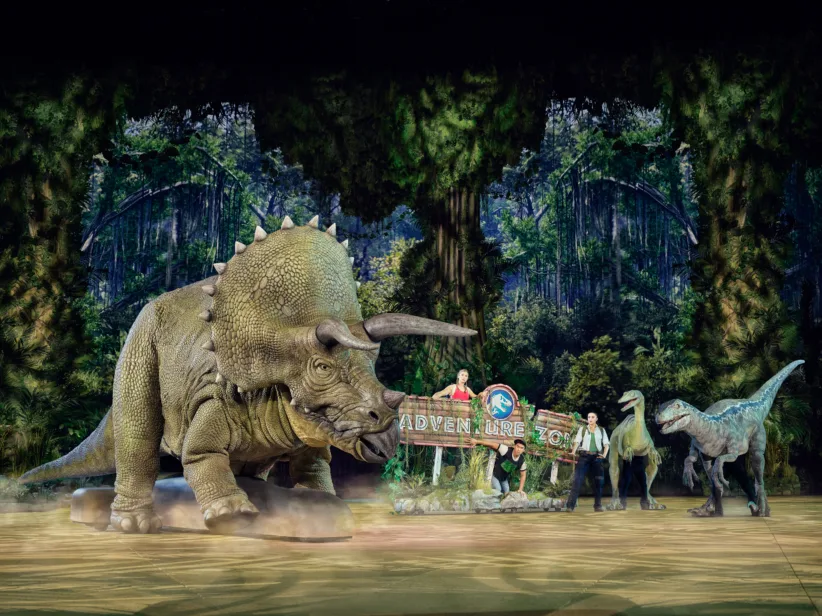Outside historic Staunton, Virginia is the Museum of American Frontier Culture, a small, completely doable family experience not to be passed by. It’s tucked in the green-clad Shenandoah Valley that gently rolls between the great Blue Ridge Mountains and the Alleghenies. Old red brick houses wrapped with white porches, built 20 years before the Civil War, dot the winding country roads no more than a car-and-a-half wide. The mission of the living museum is to show visitors how Irish, German, and English cultures blended to create American colonial life. Each farm was purchased and transported from its native land, stone by numbered stone, board by board, and reconstructed in this beautiful part of Virginia.
At each of the farms, very knowledgeable volunteers, all dressed in authentic period clothing, are chosen either for their passion, education or experience in this period — or because they have roots that reach back to the areas where the farms were originally located. Several years back, all the roofs were re-thatched by a recent Irish immigrant with first-hand knowledge of the operation.
“Have you ever heard the saying, ‘By hook or crook’?'” a village cobbler asks visitors. Dressed in period shoes he has made by hand, he answers while he stitches a homespun shirt. “In Ireland and England, none of the yeoman farmers could own the surrounding woods. They could have only wood they could hook or crook up in the trees.”
At the next farm, a retired Navy blacksmith demonstrates the old ways of forging tools. Besides burns, he told us, the colonial tradesman also suffered eye damage because very hot coals emitted ultraviolet rays.
At the American farm, while quilting in a Flying Goose pattern, one volunteer tells visitors that both her grandmother and mother are avid quilters. Another splits oak to create splints for a four-tiered, two-foot rectangular drying rack for fruit. She will soak her splints at the springhouse, because wet wood bends. Thick petticoats under long homespun fabric skirts cause beads of sweat to appear on their foreheads while they work.
Once a month, all the houses prepare culturally inspired meals using old colonial recipes and methods, homemade and homegrown items. There are cheeses and oat cakes of Ireland, crusty breads and squash from England, pickled red cabbage and potato dumplings from Germany, American cornbread and beans — all representing the diet staples of the frontier.
The barns, all beautiful, were central to each farm, as were the kitchen and hearth in each home. Pet chickens spend time, scratching, clucking or being held by hosts. Great fat tabbies sleep in the shade. Tame pigs root contentedly.
“The world is changing so quickly,” states a volunteer Virginia resident, with a degree in history. “It’s nice to stop a minute and see where we’ve been.”
Yes, it is, and the Colonial Frontier Museum is doing just that.
Just down the road a bit is historic Staunton, pronounced Stanton, whose residents promote preservation rather than demolition. The small hilly town, birthplace of Woodrow Wilson, is rich in history and can boast four colleges, all started before 1840. Two were for women. Be sure to visit the Jolly Roger Haggle Shop, an absolutely great junk store. Then go across the street to the Pullman Restaurant, furnished with a substantial and authentic collection of railroad memorabilia, which includes old ticket windows, and a bar complete with revolving chairs from the original station waiting room. An old-fashioned soda fountain serves up great original concoctions.
Getting There:
• I-81 & I – 64, Exit #222 to route #250 west; follow signs.
• Staunton can also be accessed by Amtrak and the Shenandoah Valley Airport.
For more info: (540) 332-7850; www.frontiermuseum.org





















